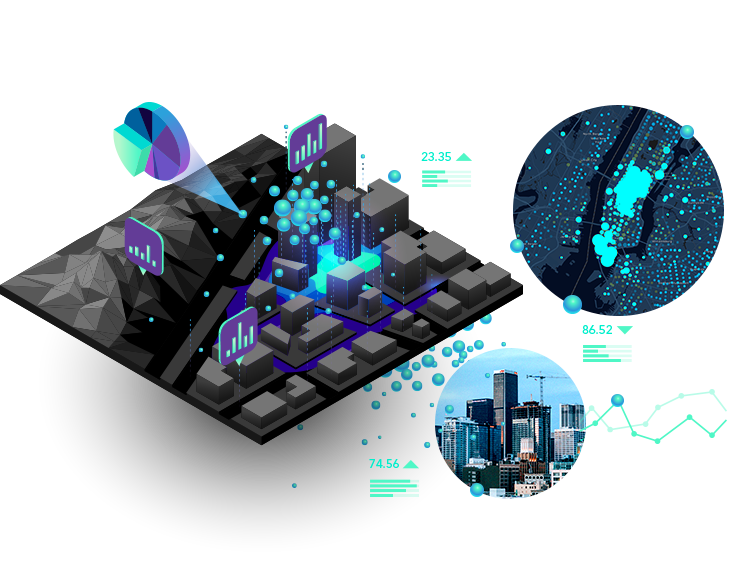Mapping solutions analyze spatial data, helping businesses understand geographic trends and patterns. Their use continues to grow in 2024, offering businesses enhanced capabilities for data visualization, integration, and geographic analysis. Complex data is easier to comprehend when visualized on maps, aiding strategic decisions.
Mapping tools enable businesses to offer location-based services like nearest store locations, delivery tracking, and personalized offers. As of 2024, 66% of smartphone users say they would buy something from a business with a location-based mobile app.
Mapping solutions help optimize delivery routes, improving delivery times and customer satisfaction. The market for route optimization tools is projected to increase by 10.9% a year.
Businesses can more effectively track and manage physical assets like vehicles, machinery, and inventory. Identifying and targeting potential customers in specific geographic areas becomes possible. Almost 80% of returns on marketing investments come from targeted and segmented campaigns.
Benefits and limitations of free mapping tools
While free mapping tools don’t offer the vast capabilities of their paid counterparts, they can be useful for small companies with simple geospatial analysis needs. Their functions are often sufficient for mapping and basic data visualization. They allow companies to analyze market penetration, competition, and customer demographics spatially.
One of these is Google Maps API, which Google provides. It allows developers to integrate various features and functionalities of Google Maps into their own applications, websites, or services. They can embed static images of maps as well as dynamic, fully interactive maps.
Google Maps lets users calculate routes between locations, considering different transportation modes. They can determine travel times and distances between multiple origins and destinations.
A popular alternative to Google Maps API is Maptive. It is a step up from Google’s free service because it transforms data into a custom map in minutes. There is a free trial of the software, which is useful for enterprises. It can make maps for all kinds of businesses: retail, sales, NPOs, supply chain management, etc. As of late 2023, 34% of businesses have saved money from investments in supply chain sustainability, and 40% have seen revenue growth.
How to choose a cost-effective mapping solution
Obviously, the first step is to consider whether it provides good value for money. Then, determine what data to analyze and why you need the mapping solution.
Look for a mapping solution that is intuitive and compatible with your data formats. Make sure it can handle the type and size of data you have.
The mapping solution should provide accurate and current information. Ideally, it will allow you to customize your maps to meet your specific needs.
It should integrate with your existing systems and tools. You should also consider scalability, which means the tool should be capable of growing and expanding as your needs change.
Other important considerations include security and support. Ensure the mapping solution has solid security measures to protect and keep your data private.
If the tool is complex, it would ideally come with customer support and technical assistance.
FAQ
How much do mapping solutions for businesses cost?
On average, mapping solutions for businesses cost $300-500 a month. Some can go up to $10,000 a year. A reasonable investment in such a solution could be worthwhile. It is estimated that about 70% of organizational problems are caused by undefined operational processes, which mapping tools can help clarify.
How much would it cost to build a map service like Google or Bing Maps?
Building any map service starts with data. Apple will always be remembered for its epic failure when it tried to create its own mapping product. They rushed the product, and it crashed.
You need to buy or build data to develop a competitive mapping product. Once you decide where to get your data, you must integrate a UX. That would take thousands of manhours. In sum, a solid Google Maps competitor would cost several billions of dollars.



